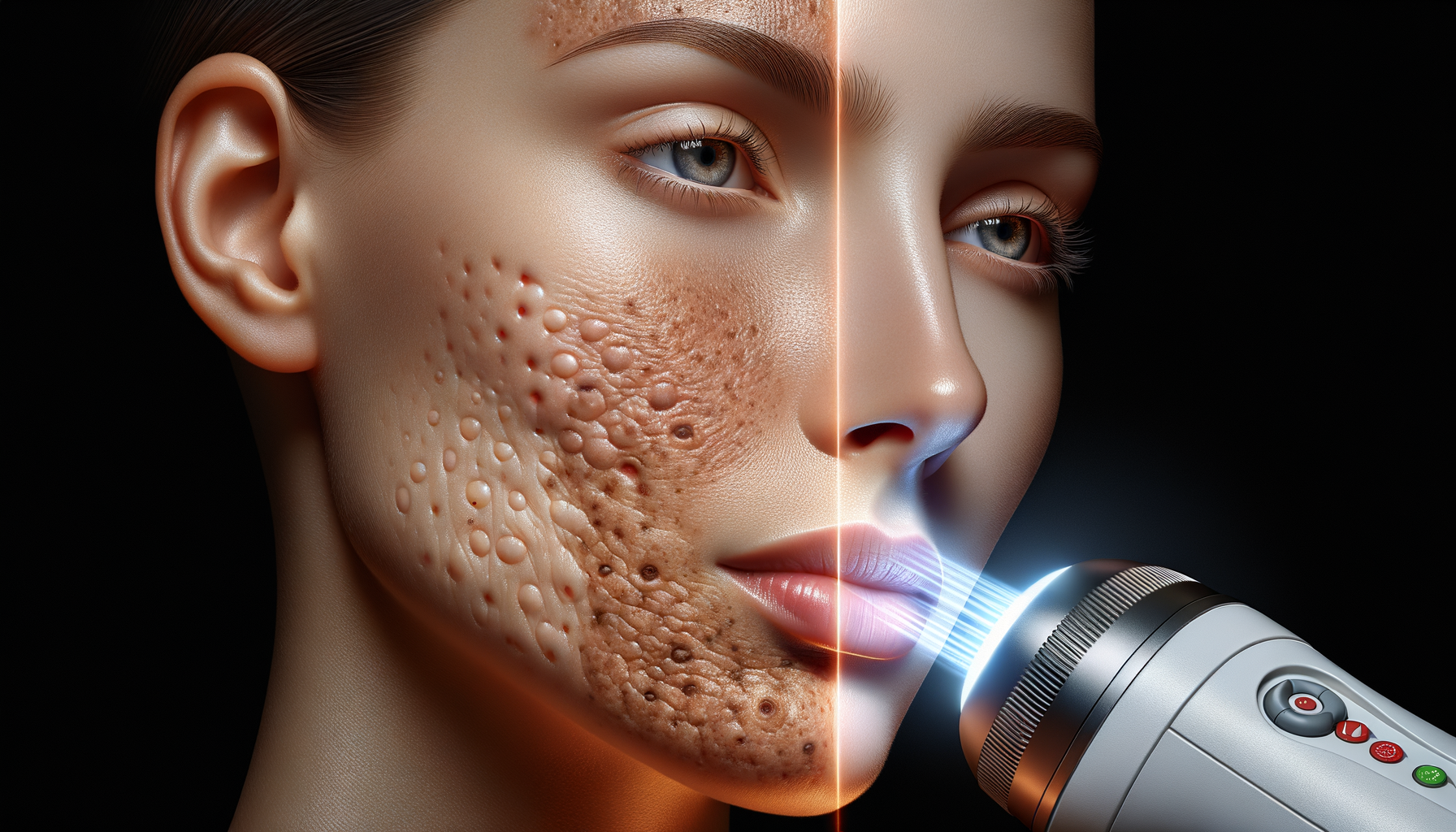
What You Should Know About Laser Skin Treatments
Understanding Laser Skin Treatments
Laser skin treatments have become a popular choice for individuals seeking to enhance their skin’s appearance. By using focused light, these treatments target various skin imperfections, offering solutions for those looking to reduce signs of aging, uneven skin tone, and other concerns. The technology behind laser treatments is continuously evolving, providing safer and more effective options for patients.
Laser treatments work by emitting a concentrated beam of light that penetrates the skin layers. This light energy is absorbed by the skin’s pigments, which helps in breaking down the imperfections. The body’s natural healing process then takes over, removing the damaged skin cells and promoting the growth of new, healthy skin.
There are various types of laser treatments available, each designed to address specific skin issues. Some of the common types include:
- Fractional Lasers: These are used for treating wrinkles, fine lines, and improving skin texture.
- Pulsed-Dye Lasers: Often used to treat redness and vascular conditions.
- Nd:YAG Lasers: Effective for hair removal and treating deeper skin layers.
Understanding the different types of lasers and their applications can help individuals make informed decisions about their skin care treatments.
Benefits of Laser Skin Treatments
Laser skin treatments offer numerous benefits, making them a sought-after option for skin rejuvenation. One of the primary advantages is their ability to target specific skin issues with precision, minimizing damage to surrounding tissues. This precision allows for a more focused treatment, leading to better results and quicker recovery times.
Another benefit is the versatility of laser treatments. They can be used to address a wide range of skin concerns, from reducing the appearance of scars and pigmentation to tightening the skin and minimizing pores. This makes them suitable for individuals with various skin types and concerns.
Moreover, laser treatments are known for their long-lasting results. While multiple sessions may be required to achieve the desired outcome, the improvements in skin appearance can last for several months or even years, depending on the individual’s skin type and condition.
Lastly, laser treatments are generally non-invasive, meaning they do not require significant downtime. Patients can often return to their daily activities shortly after the procedure, making it a convenient option for those with busy lifestyles.
Risks and Considerations
While laser skin treatments offer many benefits, it is essential to be aware of the potential risks and considerations. As with any cosmetic procedure, there is a possibility of side effects. Some common side effects include redness, swelling, and temporary discomfort in the treated area. These are usually mild and resolve within a few days.
In rare cases, more severe side effects such as scarring or changes in skin pigmentation may occur. These are often the result of improper use of the laser or inadequate post-treatment care. Therefore, it is crucial to choose a qualified and experienced practitioner to perform the treatment.
Another consideration is the cost of laser treatments. While they can be effective, they may also be expensive, especially if multiple sessions are required. It is important for individuals to weigh the benefits and costs of the treatment and consider their budget before proceeding.
Finally, it is important to have realistic expectations. While laser treatments can significantly improve skin appearance, they may not completely eliminate all imperfections. A thorough consultation with a dermatologist or skin specialist can help set realistic goals and expectations.
Preparing for Your Laser Treatment
Preparation is key to ensuring the success of your laser skin treatment. Before undergoing the procedure, it is important to have a consultation with a qualified practitioner. During this consultation, the practitioner will assess your skin type, discuss your concerns, and determine the most suitable treatment for your needs.
In the weeks leading up to the treatment, patients may be advised to avoid certain activities and products that can affect the skin’s sensitivity. This may include:
- Avoiding sun exposure and using sunscreen to protect the skin.
- Refraining from using harsh skincare products or treatments such as chemical peels.
- Stopping the use of certain medications that can increase bleeding risk.
On the day of the treatment, it is important to arrive with clean, makeup-free skin. The practitioner may apply a topical anesthetic to minimize discomfort during the procedure. Following the treatment, patients should follow the practitioner’s aftercare instructions to promote healing and achieve the best results.
Post-Treatment Care and Maintenance
After undergoing a laser skin treatment, proper post-treatment care is essential to ensure optimal results and minimize the risk of complications. Immediately following the procedure, patients may experience redness and swelling, similar to a mild sunburn. Applying a cool compress can help soothe the skin and reduce discomfort.
It is important to keep the treated area clean and moisturized. Patients should use gentle, non-irritating skincare products and avoid picking or scratching the skin. Sun protection is crucial, as the skin will be more sensitive to UV rays. Wearing sunscreen with a high SPF and avoiding direct sun exposure can help prevent damage and pigmentation changes.
In the weeks following the treatment, patients should continue to follow a skincare routine that supports healing and maintains the results. This may include using products that promote collagen production and skin renewal.
Regular follow-up appointments with the practitioner can help monitor progress and address any concerns. By adhering to post-treatment care guidelines, patients can enjoy the benefits of laser skin treatments and maintain healthy, radiant skin.


